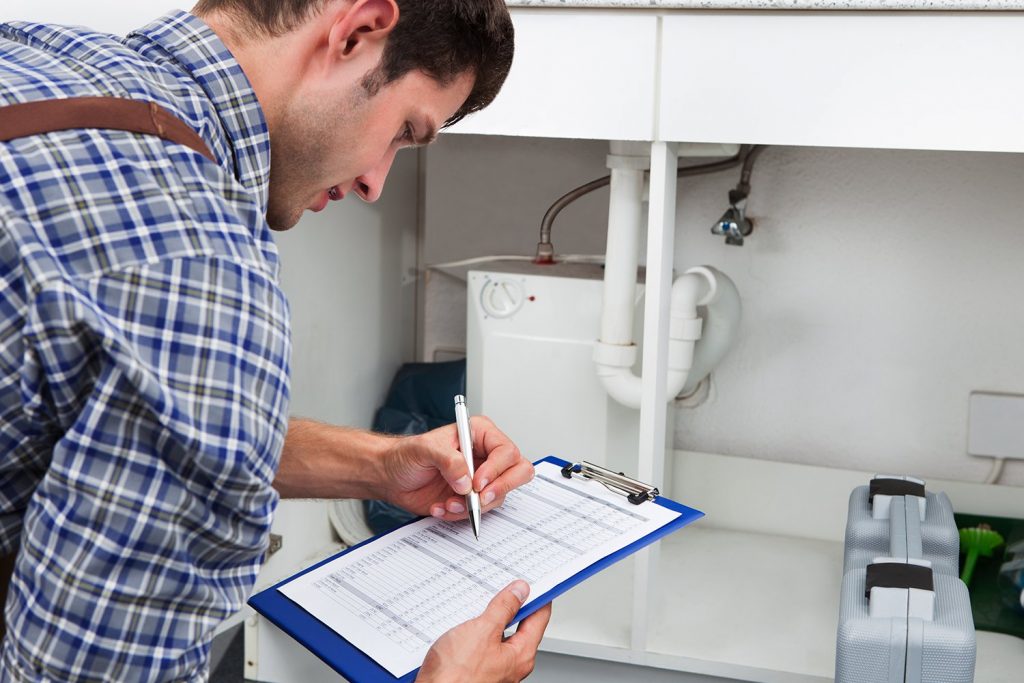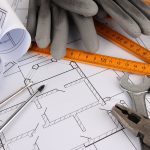Home Inspection Check
A thorough home inspection is crucial for assessing the condition of a property, whether you’re buying, selling, or simply maintaining your home. This process helps identify potential issues, ensuring that the home is safe, energy-efficient, and structurally sound. Here’s a comprehensive checklist to guide you through a home inspection:
1. Exterior Inspection
- Roof: Check for missing, damaged, or curling shingles. Look for signs of water damage, moss, or algae growth. Inspect the flashing around chimneys and vents.
- Gutters and Downspouts: Ensure gutters are securely attached, free of debris, and properly channeling water away from the foundation.
- Foundation: Look for cracks, gaps, or signs of settling. Check for any water pooling near the foundation, which could indicate drainage issues.
- Siding and Paint: Inspect for peeling paint, cracks, or damage to the siding. Look for signs of rot, especially around windows and doors.
- Windows and Doors: Check for proper sealing, cracks, or gaps around frames. Ensure all windows and doors open and close smoothly.
2. Interior Inspection
- Walls, Ceilings, and Floors: Look for cracks, water stains, or signs of mold. Check for sagging ceilings or uneven floors, which could indicate structural issues.
- Windows and Doors: Inspect for drafts, broken glass, or damaged seals. Ensure all hardware is functional.
- Attic and Basement: In the attic, look for adequate insulation, proper ventilation, and signs of leaks. In the basement, check for dampness, water stains, or mold, indicating potential moisture issues.
3. Plumbing System
- Pipes and Fixtures: Check for leaks, corrosion, or water stains around pipes and fixtures. Test all faucets, showers, and toilets for proper function.
- Water Heater: Inspect for leaks, rust, or corrosion. Check the age and ensure it’s properly vented.
- Water Pressure and Drainage: Test the water pressure at different fixtures and ensure drains are functioning correctly without blockages.
4. Electrical System
- Wiring and Outlets: Look for exposed wiring or frayed cords. Test outlets to ensure they’re grounded and functional.
- Electrical Panel: Inspect for signs of wear, rust, or improper labeling. Ensure circuit breakers are in good condition and there’s no evidence of overheating.
- Lighting and Fixtures: Check that all light switches and fixtures are working properly. Ensure there’s adequate lighting in all areas.
5. Heating, Ventilation, and Air Conditioning (HVAC)
- Furnace and Air Conditioner: Check the age, maintenance history, and current condition. Look for signs of wear, rust, or leaks.
- Ductwork and Vents: Inspect for dust buildup, damage, or obstructions. Ensure all vents are open and unobstructed.
- Thermostat: Test the thermostat to ensure it’s working correctly and accurately controlling the temperature.
6. Insulation and Ventilation
- Attic and Walls: Check for adequate insulation in the attic and walls. Proper insulation is crucial for energy efficiency.
- Ventilation: Ensure proper ventilation in areas like the attic, bathrooms, and kitchen to prevent moisture buildup and improve air quality.
7. Safety Features
- Smoke and Carbon Monoxide Detectors: Test all detectors to ensure they’re working and replace batteries if necessary.
- Fire Extinguishers: Ensure there are accessible fire extinguishers in key areas like the kitchen and garage.
- Stairs and Railings: Check that all stairs have secure railings and are free of tripping hazards.
8. Pest Inspection
- Look for signs of pests, such as droppings, chewed wires, or wood damage. Check areas like the attic, basement, and crawl spaces for evidence of infestation.
9. Energy Efficiency Check
- Windows and Doors: Check for proper sealing and insulation to prevent drafts.
- Appliances: Inspect the age and efficiency of appliances like the refrigerator, dishwasher, and HVAC system.
- Lighting: Consider the use of energy-efficient lighting, such as LED bulbs.
A comprehensive home inspection helps identify potential problems and maintenance issues, providing peace of mind and ensuring the safety and efficiency of the property. Addressing these issues early can prevent costly repairs down the line and improve the overall value and comfort of your home. Whether you’re a homeowner or buyer, this checklist serves as a valuable guide for a thorough inspection process.
4o



No Comments